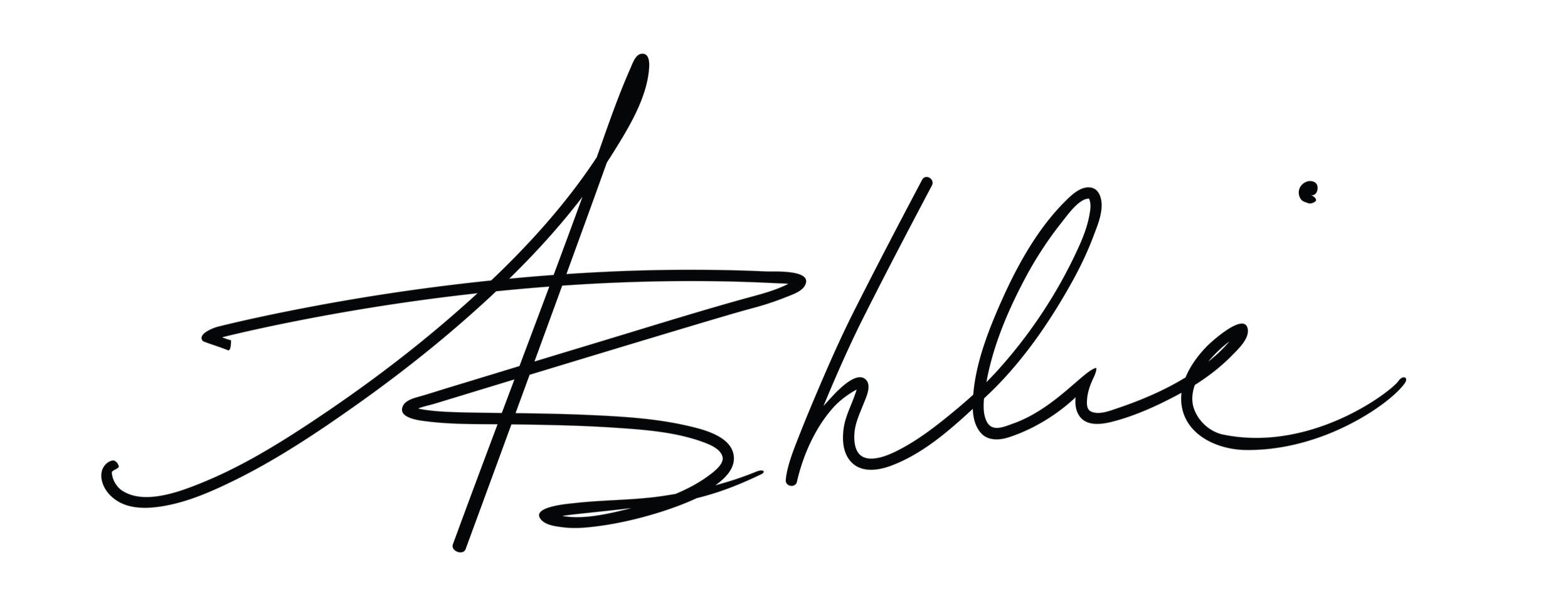The 3 Keys to Effective Practices
Now that you’ve spent a little time evaluating where you’re already strong and identifying some of the areas where you really want to get better, we can talk specifically about what it takes to have good, strong practices.
First, let me share with you a new practice that I’ve started doing. As I’ve mentioned, I have a handful of practices. Some go in and out, based on what’s happening in my life. They’re in my toolkit where I can grab them at the ready.
A new practice that I’ve started implementing is the practice of doing nothing. That may sound like not much of a practice, but it is one for someone like myself who’s high energy, easily distracted, can totally have shiny-object syndrome and finds it challenging to focus in-depth to do the mundane tasks of life.
This is an area I’ve identified where I want to grow. I want to be better at doing boring shit. I can easily get excited. If I get a new idea or have a project to work on, I can jump right into it with super enthusiasm. I can get a lot of things done really quickly.
But there’s always a place in the process where it starts to get boring. Where it takes a level of detailed work that I’m just not interested in doing. And sometimes I can pass those things along to someone who’s better skilled at the details, and that’s great.
Yet, it’s kind of impossible to be an entrepreneur running a business like I am, to altogether avoid all the boring things. There’s certain parts of my life and my business that are not my favorite. And yet they need to be done, and they need to be done by me.
There’s a certain level of success that I’m unwilling to achieve if I can’t do the “dirty work.” I need to do the dirty work and just get it done. I’m practicing my ability to be bored and under stimulated and push through with a level of patience and grit.
So, one of the practices I’m doing is that practice of doing nothing. Every morning, it’s the first thing I do. I get up, sit on the sofa, and drink my coffee and look out the window. I’m not meditating (which is another one of my practices). I’m not writing my morning pages (which is another one of my practices).
I’m literally doing nothing. Just letting my mind move and bounce around. In the matter of 20 minutes that I sit there to do nothing, my mind is all over the place. I can feel the compulsion within me to pick up my phone and send a quick message or get into action on something. It almost feels like if I don’t do it right now, I’ll miss it, forget it, never do it.
The practice is letting those little things come into my mind and stimulate me. Rather than immediately react to them, just let them be there and do nothing in response to them. It’s hard! It really takes something for me to just keep sitting there and doing nothing.
So, there are three things we need to have our practices be effective:
1. The willingness to do things differently than we’ve ever done them before.
Normally when a thought comes into my mind, I want to do it immediately. I’m resisting the urge by just waiting and doing nothing. Trusting that that thought is going to come back around. That might be uncomfortable and totally against my automatic impulses, but I’m developing a new way of being.
2. We need to have clear, specific actions to take.
For example, I have a specific amount of time (20 minutes) to sit and do nothing. That’s the specific action I’m taking: to take no action. Like I said, I have a practice of meditation. Again, that’s a specific thing I’m doing in a specific way at a specific time and place. When you’re practicing something, it has to be specific and actionable.
3. Last and definitely not least: we need patience.
We need patience and consistency to build a muscle. You don’t go to the gym, lift weights one day and all of a sudden have newfound strength. It takes a while. It takes consistency.
You have to keep showing up, keep doing the work and see it through. But when that moment comes in your life when you need the strength, you’ll be so glad you did the reps, put in the work and built those muscles.
Okay, do you have those three things? Are you willing to do things differently than you’ve ever done before? Are you willing to commit to some clear, specific actions you can take? And can you put on your “patient pants”? Because it’s going to take a little time to develop this, and your patience is going to be key.
Next week, we’re going to brainstorm some actions you could implement to support your practices in various areas.
I’ll see you then!

